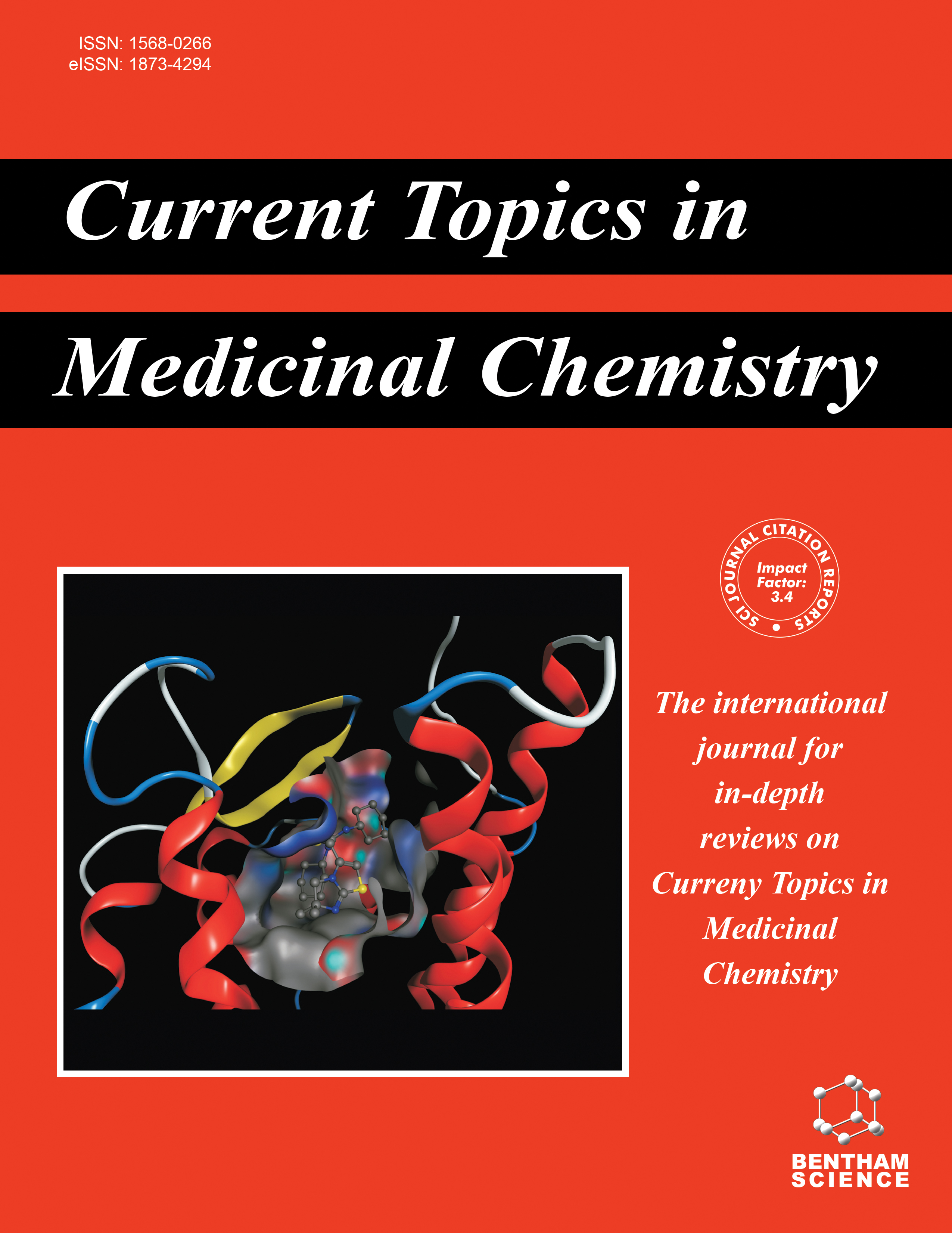-
s Hydrogen-producing Photocatalyst at Sunscreen for Athletes in Preventing and Healing Muscle-nerve-skin Injuries
- Source: Current Topics in Medicinal Chemistry, Volume 23, Issue 4, Feb 2023, p. 249 - 256
-
- 01 Feb 2023
- Previous Article
- Table of Contents
- Next Article
Abstract
Physical injuries in sports are unavoidable, but they can be mitigated and even treated by using molecular hydrogen, which can be administered via a specially formulated sunscreen. The photocatalysts are a special class of semiconductors that can absorb a specific spectrum of light to promote its electron from the valance band (VB) to the conduction band (CB). This creates positively charged holes at VB and negatively charged electrons at CB in generating photochemical reaction centres. Once a photocatalyst that absorbs a harmful UV band from sunlight and can split water is doped inside a hydrogel will produce hydrogen in the presence of sunlight. If we employ such photocatalyst-doped hydrogel over naked skin, the hydrogel will act as a continuous source of water, which will absorb water from sweet, store it inside the hydrogel matrix and deliver it to the photocatalyst for splitting it further into the hydrogen. As a result, such photocatalyst-doped hydrogel can be used as a sunscreen to protect against sunlight and can use that spectrum of light for producing hydrogen from sweat continuously. Hydrogen can be absorbed through the skin and diffused in the body to heal wound-prone or injured muscles, and nerves. Because hydrogen may travel throughout the body, the catalyst-doped hydrogel can be used as a topical gel to treat various ailments such as muscle-nerve skin injuries, cancer, Parkinson's disease, and others. Besides common people, even athletes can use it as sunscreen during sports, which is not feasible for other hydrogen administrating systems.


